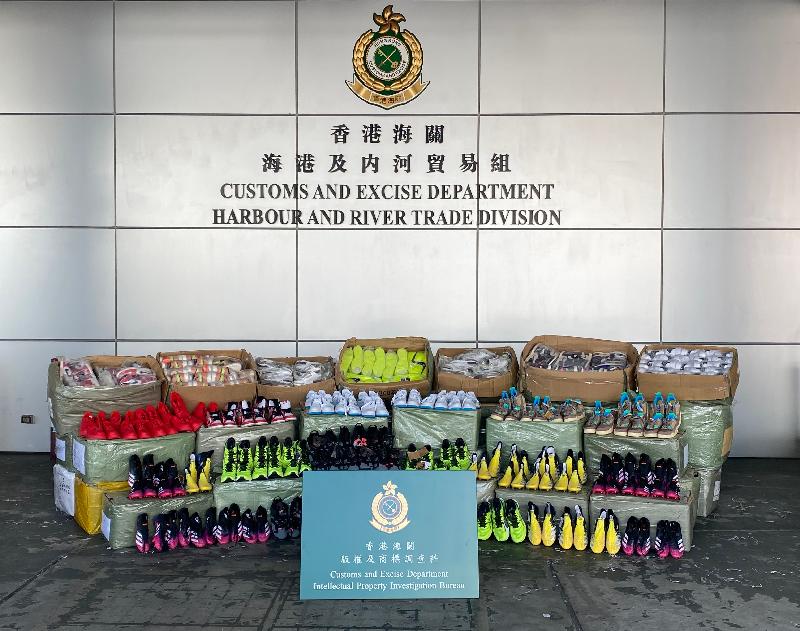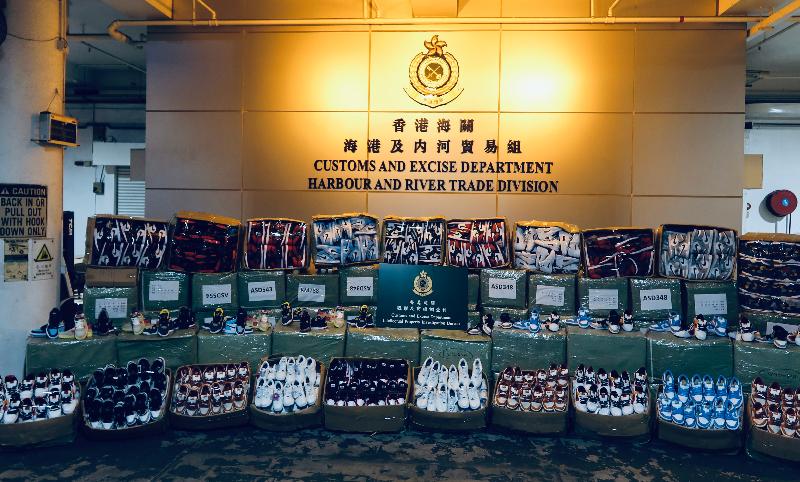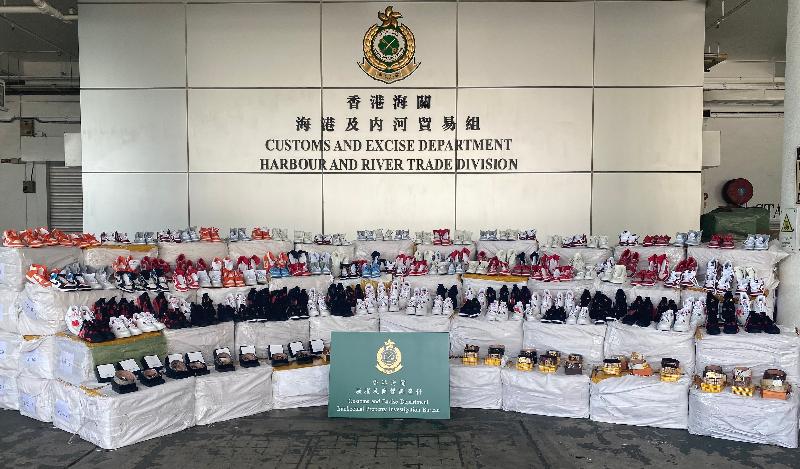The 16th Eco Expo Asia opened today (October 27) in a hybrid format, with a physical exhibition being held alongside an online platform for the first time. Featuring the Eco Asia Conference and the Green and Sustainable Finance for Eco Business session, the Expo allows political and business leaders, scholars and professionals to share strategies and technology that can help achieve green recovery and carbon neutrality. The physical exhibition is being held at the Hong Kong Convention and Exhibition Centre from today to October 30.
Speaking at the Expo’s opening ceremony, the Secretary for the Environment, Mr Wong Kam-sing, said, “The theme of Eco Expo Asia this year is ‘Promoting Green Recovery for Carbon Neutrality’. It is indeed a timely response to the most imminent challenges that we are facing. While the world is tackling the COVID-19 pandemic, the Hong Kong Special Administrative Region (HKSAR) Government is endeavouring to boost the economy and create more employment to promote green recovery. Meanwhile, we must also gear up to act to limit global warming and achieve carbon neutrality.”
Striving towards the HKSAR’s target of achieving carbon neutrality before 2050 and reducing Hong Kong’s carbon emissions by 50 per cent before 2035 as compared to the 2005 level, the Environment Bureau announced earlier this month Hong Kong’s Climate Action Plan 2050. It outlines the four major decarbonisation strategies and measures, namely net-zero electricity generation, energy saving and green buildings, green transport, and waste reduction, with a view to tackling carbon emissions from electricity generation, transport and waste, and leading Hong Kong towards carbon neutrality. In the next 15 to 20 years, the Government will be investing a further $240 billion to support a series of actions to combat climate change.
Mr Wong added, “Measures to decarbonise will not only bring about sustainable improvement to the environment, but also drive the development of a green economy, create ample job opportunities, and promote green recovery. Eco Expo Asia provides a quality platform for the trades to grasp the new momentum for growth by showcasing their latest green and decarbonisation technologies and products.”
The Expo’s feature event, the Eco Asia Conference, is being held today and tomorrow (October 28). The Director-General of the Department of International Cooperation at the Ministry of Ecology and Environment, Mr Guo Jing; the Director-General of the Department of Ecology and Environment of Guangdong Province, Mr Lu Xiulu; the Director of the Macao Environmental Protection Bureau, Mr Tam Vai-man; and the Director of the Ecology Environment Bureau of Shenzhen Municipality, Mr Li Shuisheng, have been invited to speak with industry leaders on the policies and technology to achieve green recovery for carbon neutrality. In addition, a new session, Green and Sustainable Finance for Eco Business, will be held tomorrow with the Under Secretary for Financial Services and the Treasury, Mr Joseph Chan; the Chief Executive Officer of the Securities and Futures Commission, Mr Ashley Alder; and representatives from the Hong Kong Exchanges and Clearing Limited and the Hong Kong Green Finance Association sharing their insights on green and sustainable finance.
Apart from Hong Kong’s Climate Action Plan 2050, the Government also announced the Waste Blueprint for Hong Kong 2035, the Hong Kong Roadmap on Popularisation of Electric Vehicles and the Clean Air Plan for Hong Kong 2035 this year, laying down a solid foundation for Hong Kong’s decarbonisation and environmental protection work in the future.
The Environment Bureau is participating in the physical exhibition of Eco Expo Asia this year and is highlighting the theme by displaying the Carbon Neutral@HK logo made of reclaimed local wood from the yard waste recycling centre Y·PARK. The exhibition comprises four zones, namely “Climate Action Zone”, “Clean Air Zone”, “Electric Vehicles Zone” and “Waste Blueprint Zone”, to introduce details of the four blueprints.
“Climate Action Zone” introduces Hong Kong’s Climate Action Plan 2050, which sets out the decarbonisation strategies and measures of Hong Kong under the vision of “Zero-carbon Emissions · Liveable City · Sustainable Development”. An interactive device is being displayed to demonstrate the achievements and targets of climate action in Hong Kong. “Clean Air Zone” highlights the Clean Air Plan for Hong Kong 2035, which draws up measures to improve air quality, with a robot ambassador briefing visitors in the zone. “Electric Vehicles Zone” showcases the Hong Kong Roadmap on Popularisation of Electric Vehicles. Visitors may take part in a virtual reality game to witness a city with only electric vehicles. “Waste Blueprint Zone” spotlights the major areas of action under the Waste Blueprint for Hong Kong 2035 on waste reduction and separation, education and publicity, and more. Visitors may also try out a reverse vending machine for collection of plastic beverage containers in the zone.
In addition, eight departments, namely the Buildings Department, the Drainage Services Department, the Electrical and Mechanical Services Department, the Highways Department, the Hong Kong Observatory, the Housing Department, the Planning Department and the Water Supplies Department, are also participating in the exhibition to introduce their initiatives in achieving carbon neutrality for Hong Kong.
Organised by the Hong Kong Trade Development Council and co-organised by the Environment Bureau, Eco Expo Asia will open its doors to the public for free on the last day of the event (October 30) to encourage citizens to participate in environmental protection and promote green living, while its online exhibition will continue to run until November 6. read more




